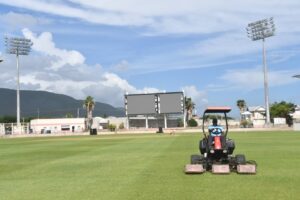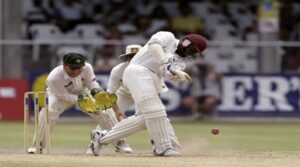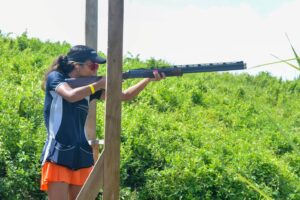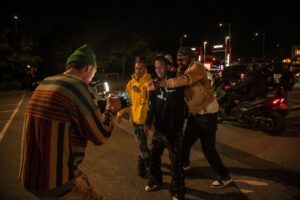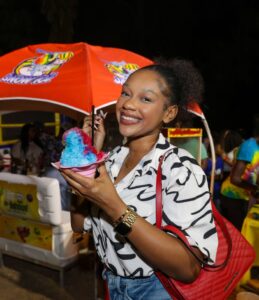
Dressed for duty? Rethinking security presence in public spaces
We live in a time when visibility matters, not just in presence, but in purpose. Security officers, often our first line of defence in public spaces, represent more than uniformed figures standing idly at entrances. Their very presence should signal preparedness, authority, and deterrence. But what happens when that image is diluted?
Recently, I encountered a security officer at a prominent establishment. At first glance, she appeared confident, even striking: immaculately groomed, long polished nails, and make-up flawlessly applied. But as I observed her, a conflicting thought arose: Was she truly prepared to deter or respond to any form of threat? I wasn’t looking to cause harm, yet her aesthetic, beautiful though it was, did not communicate readiness or capability. A silent red flag rose in my mind, not about her as an individual, but about the system that allowed form to overtake function.
Let us be clear, this is not a critique rooted in gender. In fact, the issue spans across the board. I’ve also seen male officers so tightly clad in ill-fitting uniforms or with slouched postures that one questions whether they could chase a suspect or intervene in an emergency. In both cases, the concern is the same: the image of security is not aligning with its essential function: to protect, prevent, and de-escalate.
Security is as much about perception as it is about action. The mere sight of a capable, alert, and physically ready officer can deter crimes before they begin. Uniforms, posture, attentiveness, and even the absence of distractions, like personal phone use or overly stylised appearances, all contribute to an unspoken message: We are ready.
When that image falters, when security personnel appear unbothered, distracted, or dressed for a fashion shoot rather than field response, it undermines confidence — not just in their ability, but in the safety of the entire space.
We must resist shallow interpretations of this concern. It is not about denying anyone their individuality, style, or identity. It is about respecting the function of a role. Just as surgeons wear scrubs and not stilettos in an operating room, security officers must dress, move, and behave in ways that reflect their duty to act swiftly, decisively, and protectively.
In many cases, the fault lies not with the officers themselves but with management practices that prioritise appearance, cut corners on training, or fail to establish appropriate standards for attire and conduct. We must ask: Is the presence of security meant merely to tick a compliance box, or is it truly intended to safeguard people and property?
Uniform policies should not just focus on colours and logos, but on utility and mobility. Footwear, nails, accessories, and fit must be considered through the lens of functionality. Can you run in those shoes? Can you restrain someone if needed? Can you project authority with confidence, not just charisma?
Moreover, we must invest in consistent training, not just in conflict resolution and emergency response, but in situational awareness and professional presentation. A well-trained, well-prepared officer is more than a body at a door; he/she is a symbol of safety, an agent of calm in chaos.
Security should not just be seen; it should be felt. The presence of an officer should reassure the innocent and unsettle the malicious. This only happens when that presence is backed by purpose and preparedness, not just performance.
Let us not settle for cosmetic security; let us push for visible readiness, and this must begin long before the threat arrives. Because when crisis strikes, we won’t care about the nails, the badge shine, or the cut of the uniform; we will care whether the person in that uniform can stand between danger and safety.
Leroy Fearon is an author, justice of the peace, lecturer, and multi-disciplinary researcher. Send comments to the Jamaica Observer or leroyfearon85@gmail.com.




